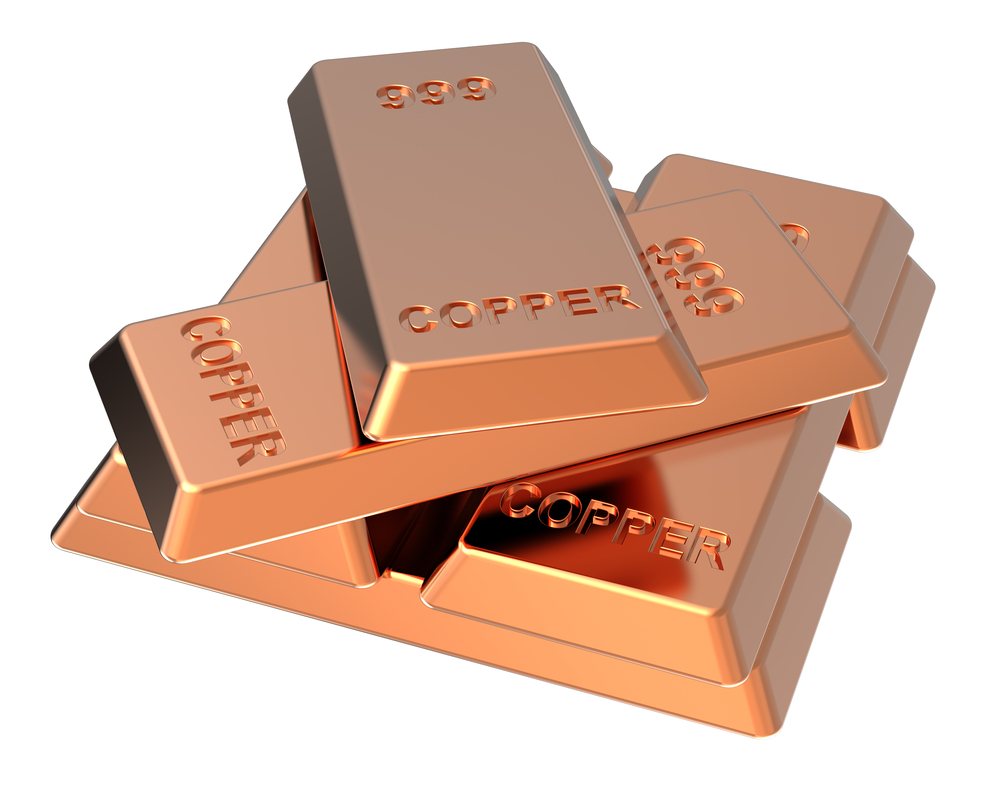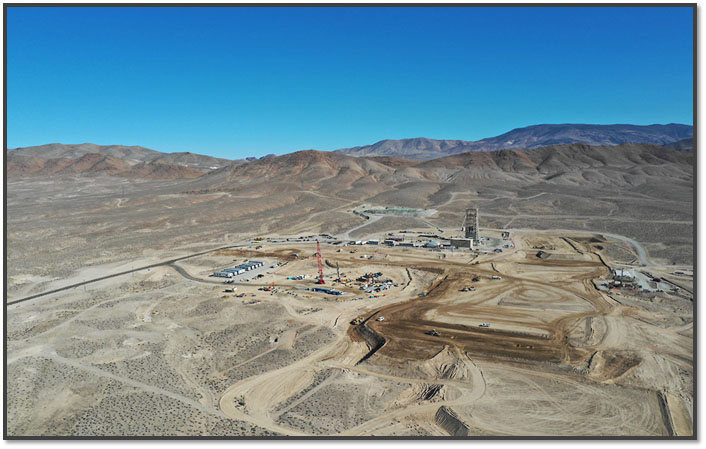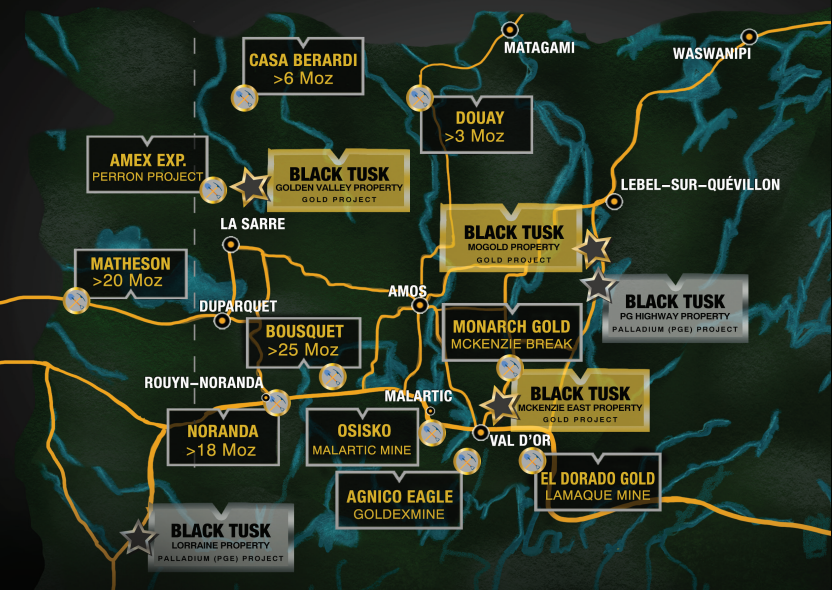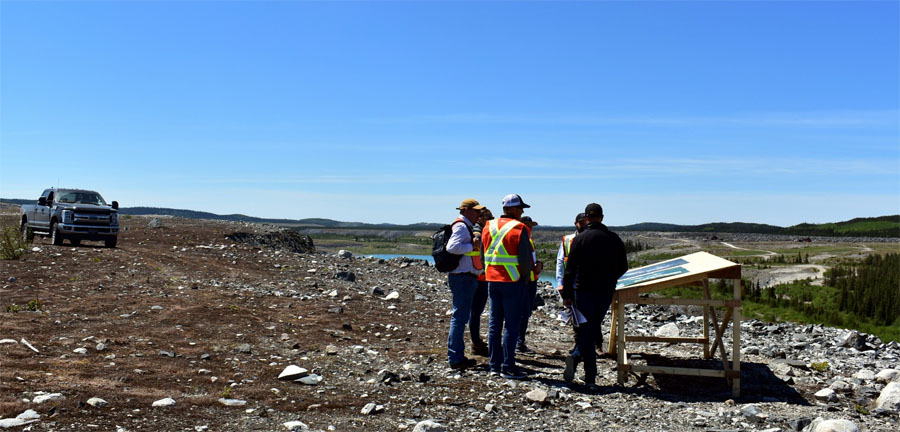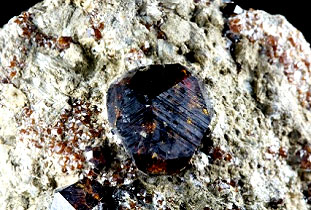 In the broad sense, a skarn is a silicate-rich metamorphic rock. Skarns may or may not host economic reserves of metals; if they do, they are called Skarn deposits. Skarns are considered the premier source of tungsten but may also host valuable amounts of other metals, including copper, gold, lead, iron, zinc and molybdenum. Arguably, copper skarns are the world's most-abundant skarn type and, particularly, are common along subduction zonesóand found in both oceanic and continental margins. The largest copper skarns are associated with mineralized porphyry copper plutons. These deposits can exceed 1 billion tons (Bt.) of combined porphyry and skarn ore with more than 5 Mt. copper recoverable from skarn.
In the broad sense, a skarn is a silicate-rich metamorphic rock. Skarns may or may not host economic reserves of metals; if they do, they are called Skarn deposits. Skarns are considered the premier source of tungsten but may also host valuable amounts of other metals, including copper, gold, lead, iron, zinc and molybdenum. Arguably, copper skarns are the world's most-abundant skarn type and, particularly, are common along subduction zonesóand found in both oceanic and continental margins. The largest copper skarns are associated with mineralized porphyry copper plutons. These deposits can exceed 1 billion tons (Bt.) of combined porphyry and skarn ore with more than 5 Mt. copper recoverable from skarn. Generally, skarns are smaller than many other deposit types like porphyries; however, skarns may occur in association with porphyry copper deposits (e.g., Arizona's Twin Buttes and Utah's Bingham Canyon host both porphyry and skarn deposits).
For the most part, skarn deposits form when carbonate-rich rock is invaded by magma (igneous intrusion) or hydrothermal fluids. The invasion of these hot fluids into the surrounding rock causes a variety of chemical changes that may result in the deposition of valuable ore. Skarn deposits are found in a variety of tectonic settings.
Skarns are defined by their mineralogy. This mineralogy includes a wide variety of calcite- and calcium-bearing silicate and associated minerals but usually is dominated by garnet and pyroxene. Skarns are broken down into two broad subcategories: Exoskarns and endoskarns. Exoskarns are skarns developed in the sedimentary rocks surrounding the thermal source (magma or hydrothermal fluids). Endoskarns are developed within an igneous intrusion. Both types may host minerals, however, the majority of the world's economic skarn deposits occur in calcic exoskarns. Skarn deposits often are described according to the dominant economic metal or mineral present, whether copper, iron, tungsten, zinc-lead, molybdenum, gold, etc.







